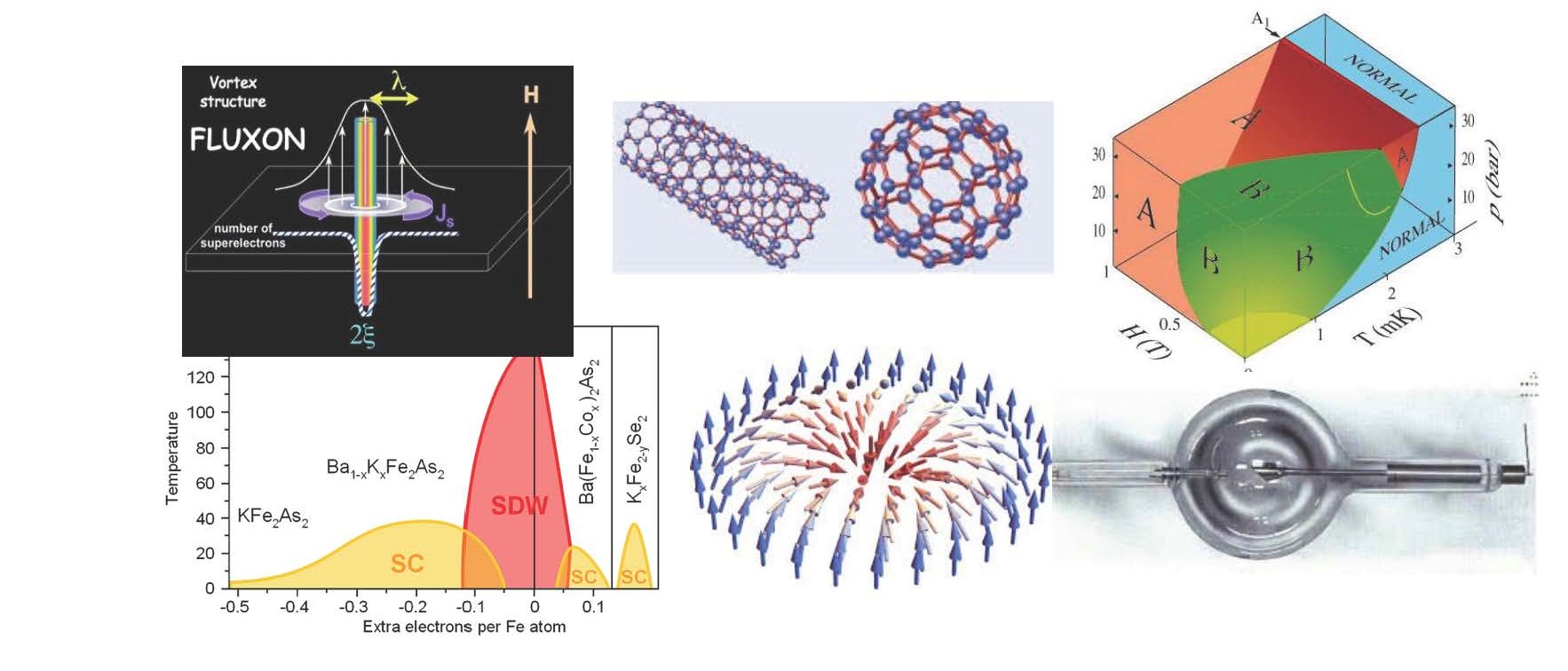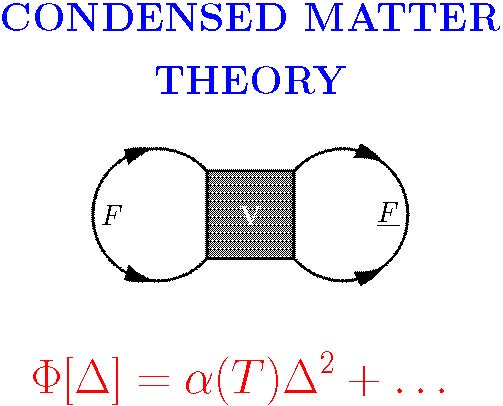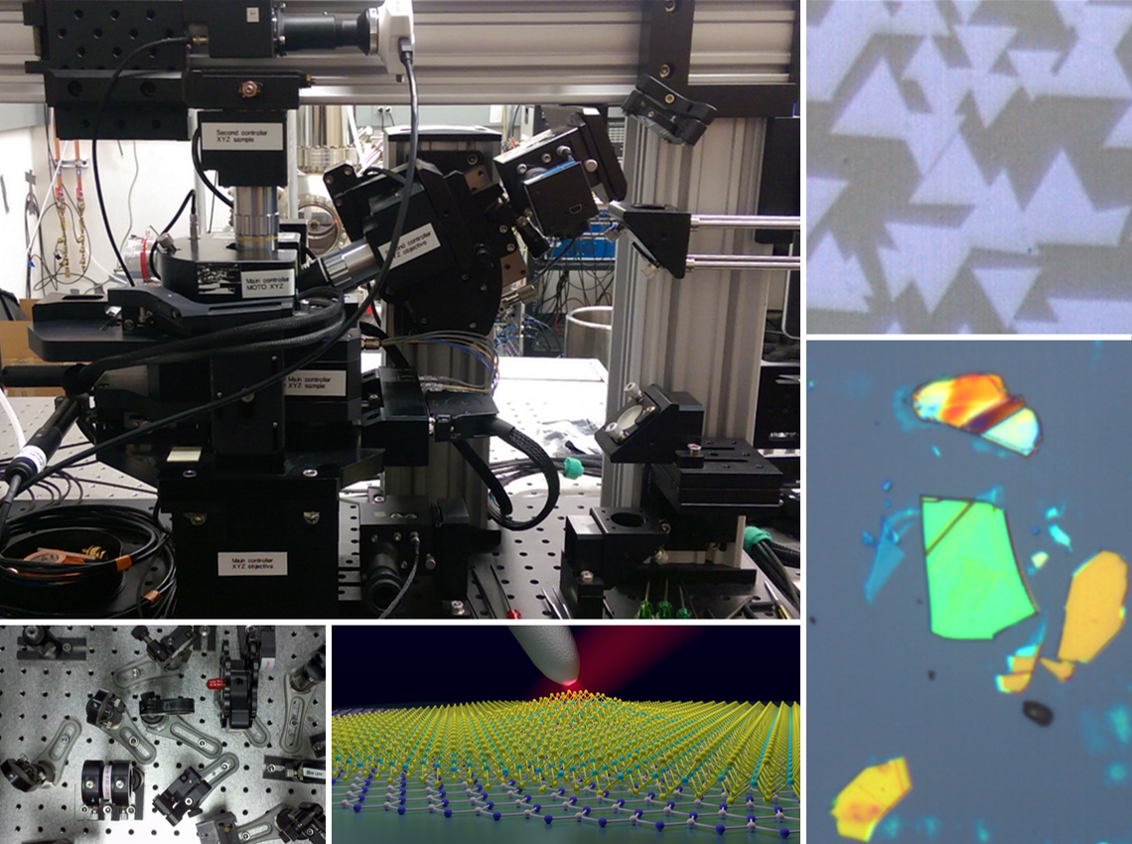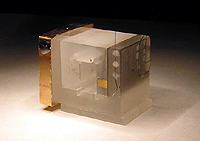Condensed matter physics is the largest sub-group of physics, that is used to be known as `solid state physics' before the 60's. Presently it is much more than just `solids', and its boundaries are continuing to expand as we discover new phenomena and laws that govern emergent behavior of tremendous number of particles in many different substances. It searches for new fundamental knowledge of matter, its use in engineering applications, and connects to many disciplines in physics, chemistry and biology. Now it encompasses fields as different as behavior of gases at ultra-low temperatures, magnetic and spin- and charge-active compounds, to polymer, organic and biological materials, or neural networks.
At Montana State University we pursue a broad spectrum of condensed matter research, both fundamental and applied. We investigate various materials and their special characteristics, with general topics including experimental research into development of fuel cells for future energy applications, magnets and spintronics for nanotechnology, structural studies of films and interfaces using x-rays and neutron scattering, low-temperature and low-dimensional magnetic materials and critical phenomena, and theoretical investigation of superconductors, superfluids and their behavior in extreme environments.
We have state-of-the-art computational and precision measurement techniques developed and housed in laboratories at MSU, but also use national facilities such as the High Magnetic Field Laboratory, Argonne National Laboratory, Brookhaven National Laboratory, and Pacific Northwest National Laboratory.





